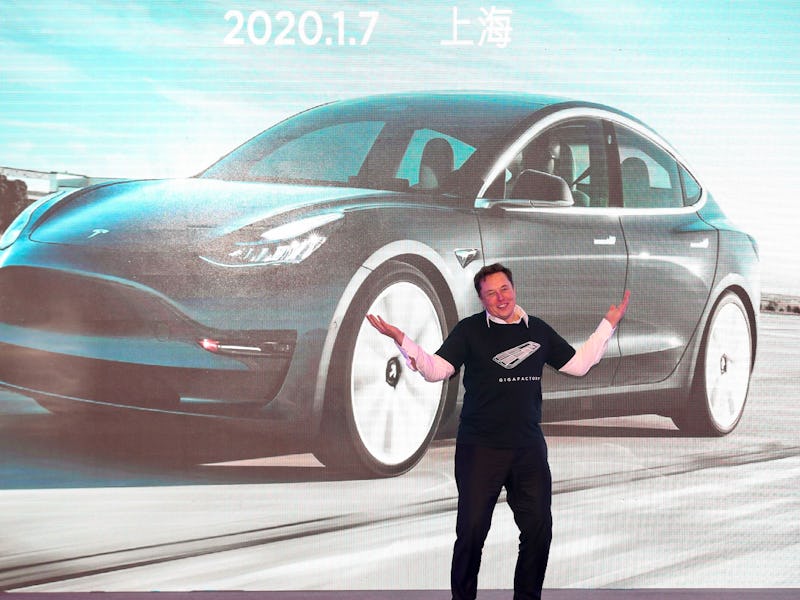Tesla HVAC: how Elon Musk wants to transform homes with ‘no wasted energy’
The idea cropped up in a discussion about the Tesla Model Y.

Tesla's next product could really turn up the heat on homes.
During a Twitter discussion Tuesday about the company's new vehicle, the all-electric Model Y SUV, CEO Elon Musk suggested the company could take its experience building the car to develop an HVAC system. The acronym stands for heating, ventilation, and air conditioning. Musk suggested that the idea could build on the work done to develop a heat pump for the Model Y.
"Sure would love to do home hvac that’s quiet & efficient, with humidity control & HEPA filter," Musk wrote on his Twitter page. When asked whether it would do cooling or heating, Musk replied "both."
The idea could expand on some of Tesla's existing wins, taking its existing product portfolio and expanding it in a logical way. While Tesla is known to most as a car company, Musk's "house of the future" presentation in October 2016 painted a more holistic picture: a Model 3 sedan charging in a garage, powered by a Tesla Powerwall battery. That battery is topped up with power from a Tesla Solar Roof, creating a zero-emissions energy system for both home and travel. It's easy to see how an HVAC, a high-energy product that draws on systems built into Tesla vehicles, could fit into this strategy.
Musk suggested a number of ideas for this new product. He suggested the system could work with the vehicle to reach the perfect temperatures: "House could talk to car & know when you’re expected home, so temp & humidity would be perfect just as you arrive. No wasted energy."
The CEO also raised the prospect of recycling some of the system's byproducts: "Could maybe tap the condensation for water too. Seems odd that HVAC systems make pure, fresh water & just dump it on the ground."
Musk received praise on Twitter for his idea.
The Model Y was unveiled in full last March as the company's latest entry-level vehicle, but the heat pump was only uncovered earlier this month in the user manual as the first cars started shipping. Teslarati notes that owner Erik Strait discovered the pump underneath the front trunk. It's the first time Tesla has shipped such a pump in one of its vehicles. Reusing the heat from other components could reduce the amount of electricity used to heat the car, in turn improving the driving range.
Tesla also has experience with air management. With the launch of the Model X SUV in 2015, the company started shipping a Bioweapon Defense Mode that can filter air from outside for circulation inside the car. The company describes it as a “HEPA filtration system capable of stripping the outside air of pollen, bacteria, and pollution before they enter the cabin and systematically scrubbing the air inside the cabin to eliminate any trace of these particles.”
Although its actual bioweapon protection capabilities are questionable – you're unlikely to know about a bioweapon attack ahead of time – the company has shown it can filter out particulate matter to high levels.
Tesla's Bioweapon Defense Mode results.
The mode has already helped Tesla owners reduce asthma attacks, drive away from wildfires and move to safer areas.
The Inverse analysis
This makes more sense than it may seem at first. Musk has spoken before about his goal to transition the world onto sustainable energy, and Tesla has a variety of products pushing toward this goal. The electric car is one aspect, one that could help with one of the world's biggest polluters, but Tesla is also using electric car technologies in other areas where it can fit with the company's mission. Batteries are used in both the cars and home installations to store clean energy, for example.
The main question is whether Tesla ought to be broadening out, considering its struggles to manufacture electric cars at high speed and send solar roofs out to houses. But with no major product launches expected for a while, maybe expanding the use of Tesla technology to enter a new market would make sense.